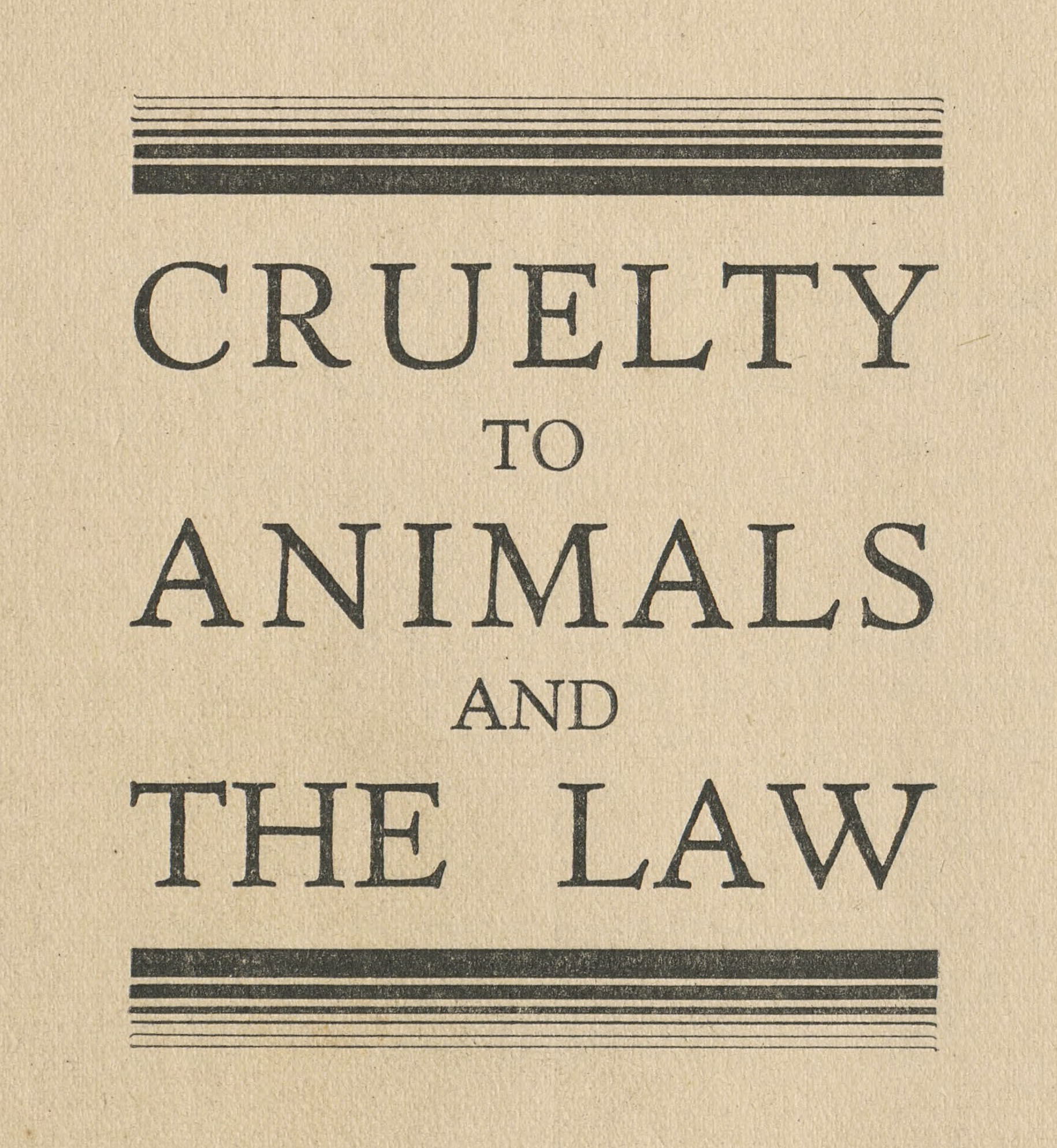Animal cruelty is an egregious violation of ethical standards and humane treatment, demanding vigilance and a collective response from society. While animal rights have gained increasing attention in recent years, effectively proving animal cruelty in court remains an arduous endeavor. Familiarizing oneself with the evidentiary requirements, the role of witnesses, and relevant legislation can significantly strengthen the pursuit of justice for these voiceless beings.
To commence, understanding the legal definitions surrounding animal cruelty is paramount. In many jurisdictions, animal cruelty is delineated as the intentional infliction of harm, neglect, or failure to provide necessary care for an animal. The distinctions between active cruelty—which involves direct actions causing harm—and passive neglect—exemplified by the failure to provide adequate food, shelter, or medical attention—are critical. Given the legal nuances, practitioners and activists must possess a robust comprehension of the statutes governing animal welfare in their specific locales.
Evidence constitutes the backbone of any legal case, and establishing a compelling case of animal cruelty necessitates a multifaceted approach. There are several categorizations of evidence that may be employed, encompassing direct evidence, circumstantial evidence, and expert testimony.
Direct evidence refers to information that conclusively ties an individual to the act of cruelty. This may include photographic documentation, videos, or eyewitness accounts that portray the act of animal cruelty as it transpired. For instance, a bystander who observes an act of violence against an animal can provide powerful testimony that corroborates the incident, making their role indispensable in a courtroom setting. Here, vivid imagery holds significant weight; prosecutors may present graphic photographs that underline the severity of the harm inflicted. Such visceral pieces of evidence can evoke emotional responses, nudging jurors towards a more empathetic stance towards the victimized animals.
Circumstantial evidence, though less direct, can also be compelling in establishing a case of animal cruelty. This type of evidence includes knowledge of prior incidents, the physical condition of the animal, or the annotated environment in which the animal was discovered. For instance, an animal found in a state of emaciation paired with a lack of food sources in the household can serve as substantive indirect evidence supporting claims of neglect. Additionally, documentation that highlights previous reports to animal control or veterinarian visits can enhance the credibility of the case. This cumulative evidence can resonate exponentially, persuading juries of the defendant’s pattern of behavior.
Furthermore, expert testimony plays a crucial role in legal proceedings pertaining to animal cruelty. Veterinarians, animal behaviorists, and other specialists can provide invaluable insights into the physical and psychological consequences of cruelty, elucidating how certain actions or inactions comport with the standards of care required by law. Proficient experts can draw upon empirical data and their professional experiences, establishing the severity of the animal’s suffering and unequivocally correlating it with the accused’s actions (or lack thereof).
Transitioning from the types of evidence, it is indispensable to address the network of witnesses who can strengthen the case. Witnesses can often be the linchpin between a mere allegation and a successful conviction. Not only must they be reliable and competent, but their motivation and credibility can also impact their testimonies. Eyewitnesses—individuals who have directly observed the act of cruelty—often provide first-hand accounts that lend authenticity to the accusations. Moreover, character witnesses, those who can speak to the defendant’s treatment of animals over time, can also offer contrasting perspectives that help round out the narrative within a courtroom. *
Preparatory work is vital prior to the trial; interviewing potential witnesses, collecting their statements, and understanding their willingness to participate can set the groundwork for presenting a robust case. Conversely, potential challenges must be anticipated, as defense attorneys may seek to discredit witnesses by questioning their motives or reliability. Extensive preparation can bolster witnesses’ confidence and coherence, thereby fortifying the overall case.
On the broader spectrum, it is critical to remain circumspect about the legislative environment that governs animal welfare. Legislation varies significantly from state to state—some areas may have stringent laws accompanied by severe penalties, while others might provide minimal protections. Understanding the applicable laws is integral not only for proving animal cruelty but also for ensuring the effective mobilization of legal resources. For instance, some jurisdictions classify animal cruelty as a misdemeanor, while others consider it a felony punishable by hefty fines or imprisonment. The legal framework must be navigated skillfully to optimize the prosecution’s strategy.
Moreover, advocating for legislative improvements is equally essential in combating animal cruelty. As public awareness heightens and activist networks strengthen, calls for reform often lead to harsher penalties and more comprehensive protections for animals. Engaging communities and policymakers underscores the collective responsibility shared in establishing a humane society.
In conclusion, proving animal cruelty in court is a complex endeavor that necessitates a thorough understanding of the evidentiary landscape, the importance of reliable witnesses, and the underpinnings of relevant legal statutes. As society increasingly confronts the shadow of animal cruelty, fostering a culture where justice prevails for our animal counterparts is vital. Through diligent advocacy, enhanced legislation, and a commitment to unwavering ethical standards, we can pave pathways toward a more compassionate and just world for all sentient beings.









